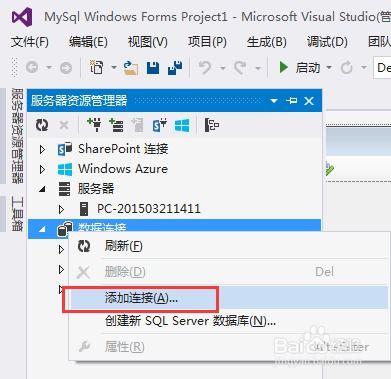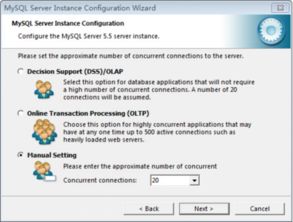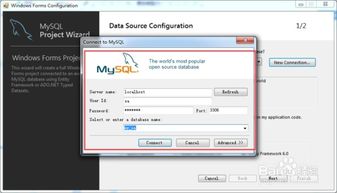To access a MySQL database using Python, you can use the `mysql.connector` module. Here's a stepbystep guide:
1. Install the `mysqlconnectorpython` package: If you haven't already installed the `mysqlconnectorpython` package, you can install it using pip. Open your terminal and run the following command: ``` pip install mysqlconnectorpython ```
2. Connect to the database: Use the following code to establish a connection to your MySQL database. Replace `yourusername`, `yourpassword`, and `yourdatabase` with your actual database credentials.
```python import mysql.connector
Establish a connection to the MySQL database db = mysql.connector.connect ```
3. Create a cursor object: A cursor object is used to execute SQL queries and fetch data from the database.
```python Create a cursor object to interact with the database cursor = db.cursor ```
4. Execute a query: Use the `cursor.execute` method to execute an SQL query. Replace `yourtable` with the name of the table you want to query.
```python Execute a query to fetch data from the database cursor.execute ```
5. Fetch data: Use the `cursor.fetchall` method to fetch all the rows from the result set.
```python Fetch all the rows from the result set rows = cursor.fetchall ```
6. Print the rows: Iterate through the `rows` list and print each row.
```python Print the rows for row in rows: print ```
7. Close the cursor and the connection: It's important to close the cursor and the database connection after you're done to free up resources.
```python Close the cursor and the connection cursor.close db.close ```
Here's the complete code:
```pythonimport mysql.connector
Establish a connection to the MySQL databasedb = mysql.connector.connect
Create a cursor object to interact with the databasecursor = db.cursor
Execute a query to fetch data from the databasecursor.execute
Fetch all the rows from the result setrows = cursor.fetchall
Print the rowsfor row in rows: print
Close the cursor and the connectioncursor.closedb.close```
Make sure to replace `yourusername`, `yourpassword`, `yourdatabase`, and `yourtable` with your actual database credentials and table name.
深入浅出MySQL数据库访问指南

一、MySQL简介

MySQL是一款由瑞典MySQL AB公司开发的关系型数据库管理系统,现属于Oracle公司。它使用SQL(Structured Query Language)语言进行数据操作,支持多种操作系统,包括Windows、Linux、macOS等。MySQL具有以下特点:
开源免费:MySQL是开源软件,用户可以免费下载、使用和修改。
性能优越:MySQL具有高性能的读写速度,适用于处理大量数据。
易于使用:MySQL的安装、配置和使用都非常简单,适合初学者。
支持多种编程语言:MySQL支持多种编程语言,如PHP、Java、Python等。
二、MySQL数据库访问环境搭建

要访问MySQL数据库,首先需要搭建访问环境。以下是在Windows操作系统下搭建MySQL访问环境的步骤:
下载MySQL安装包:从MySQL官方网站(https://www.mysql.com/downloads/)下载适合自己操作系统的MySQL安装包。
安装MySQL:双击安装包,按照提示完成安装。
配置MySQL:打开MySQL安装目录下的“my.ini”文件,根据需要修改配置参数,如数据库存储路径、字符集等。
启动MySQL服务:打开命令提示符,输入“mysql -u root -p”命令,输入密码后进入MySQL命令行界面。
三、MySQL数据库连接
在访问MySQL数据库之前,需要先建立数据库连接。以下是在Python中连接MySQL数据库的示例代码:
import mysql.connector
创建数据库连接
conn = mysql.connector.connect(
host='localhost', 数据库服务器地址
user='root', 数据库用户名
password='123456', 数据库密码
database='testdb' 数据库名称
创建游标对象
cursor = conn.cursor()
执行SQL语句
cursor.execute(\









